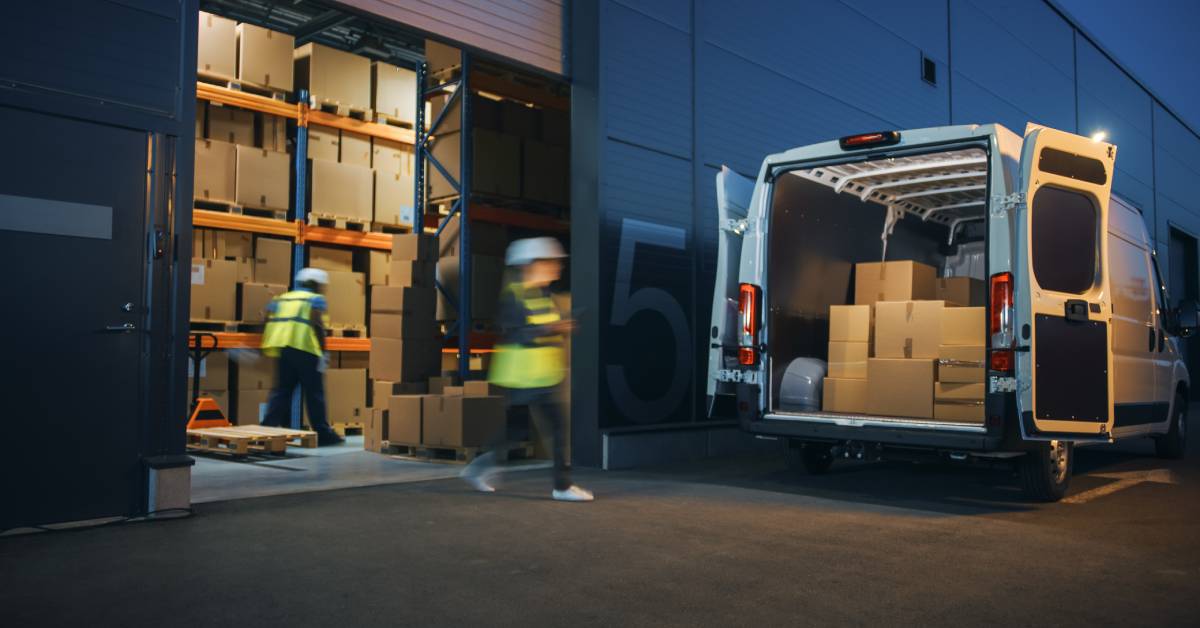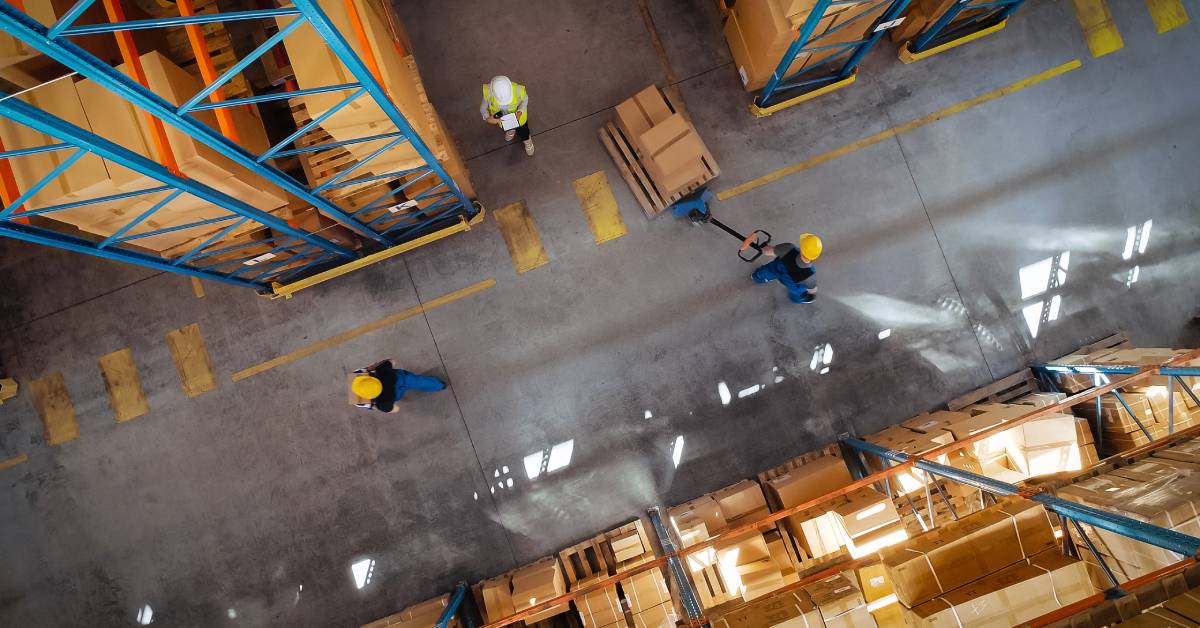
Warehouse operations depend on efficient handling systems that maximize productivity while protecting valuable inventory. Filled gaylord boxes present unique challenges due to their size, weight, and contents, making proper handling techniques essential for maintaining smooth operations and preventing costly damage.
Gaylord boxes serve as workhorses in modern warehouses, transporting everything from automotive parts to agricultural products. These large corrugated containers can weigh hundreds of pounds when filled, requiring specialized handling procedures to ensure worker safety and product integrity. Knowing the fundamentals of proper handling of filled gaylord boxes in a warehouse becomes important as businesses scale their operations and manage increasing volumes of bulk materials.
Equipment for Safe Handling
Moving filled gaylord boxes requires appropriate equipment designed to handle substantial weight and bulk dimensions. Forklifts are the primary tool for most warehouse operations, but operators must verify weight capacity before attempting any lift. Standard electric forklifts handle most gaylord boxes, while heavier loads may require propane or diesel-powered units.
Pallet jacks offer versatility for shorter distances and tighter spaces. Electric pallet jacks reduce operator fatigue during extended shifts and provide better control when maneuvering around obstacles. Hand pallet jacks work for lighter loads but require careful attention to weight limits to prevent equipment failure.
Overhead cranes become necessary for extremely heavy gaylord boxes or when working in confined spaces where forklifts cannot operate safely. These systems require trained operators and regular maintenance to perform reliably.

Weight Distribution and Load Assessment
Every filled gaylord box requires weight assessment before handling begins. Warehouse teams must know the approximate weight to select appropriate equipment and determine safe lifting techniques. Contents shift during transport, creating uneven weight distribution that affects stability during lifting and movement.
Visual inspection reveals important clues about load condition. Boxes showing bulging sides, damaged corners, or visible tears need extra caution during handling. Contents may have settled unevenly, creating balance issues that could cause the box to tip during lifting operations.
Load tags and documentation provide crucial information about contents and weight. Warehouse personnel should verify this information matches the actual condition of each gaylord box before proceeding with handling operations.
Strategic Placement and Storage
Warehouse layout directly impacts the efficiency of gaylord box handling operations. Heavy boxes belong on lower shelving levels to reduce lifting requirements and minimize fall risks. Upper storage areas work better for lighter materials that pose less danger if accidentally dropped.
Aisle width determines the type of equipment that can safely navigate around stored gaylord boxes. Narrow aisles limit forklift options and may require specialized narrow-aisle equipment. Wider aisles provide more flexibility but reduce overall storage capacity.
Strategic placement considers both current needs and future access requirements. Frequently accessed items should remain in easily reachable locations, while long-term storage items can occupy less convenient areas. This approach reduces unnecessary movement of heavy gaylord boxes and improves overall warehouse operations.
Loading and Unloading Techniques
Forklift operators must approach filled gaylord boxes with caution and precision. Forks should extend completely under the pallet to provide full support and prevent box damage. Approaching too quickly or with improper fork positioning can puncture the corrugated material or cause contents to shift dangerously.
Lifting height should remain minimal during transport to keep stability and lower the risk of tipping. High lifts amplify any balance issues and create greater potential for accidents. Operators should raise loads only as high as necessary to clear obstacles or reach storage positions.
When working with businesses that regularly source packaging materials, companies often need to know where they can find quality containers.
Many operations benefit when they search for gaylord boxes for sale from reliable suppliers like United Container Company, who understand warehouse requirements and provide containers designed for heavy-duty applications.
Inspection and Maintenance Protocols
Regular inspection prevents handling failures that could damage products or injure workers. Visual checks should look over box corners, edges, and bottom surfaces for signs of wear or damage. Corrugated material weakens over time, especially when exposed to moisture or repeated handling stress.
Pallet condition affects the stability of the entire load. Damaged pallets create uneven support that can cause box failure during lifting operations. Broken boards, protruding nails, or missing support blocks require immediate attention before any handling begins.
Contents assessment involves checking for shifting materials that could affect balance during transport. Loose items inside gaylord boxes create unpredictable weight distribution that makes safe handling more difficult.
Proper load alignment is needed to guarantee safe handling and prevent accidents. Misaligned stacks can lead to tipping or collisions, especially during movement. Additionally, securing all items with stretch wrap or straps lowers the risk of loads shifting unexpectedly. Prioritizing these precautionary measures enhances safety and helps operations run smoothly.

Team Communication and Safety
Warehouse teams must communicate effectively during gaylord box handling operations. Spotters help forklift operators navigate tight spaces and identify potential hazards. Clear hand signals and verbal communication prevent misunderstandings that could lead to accidents.
Safety protocols require consistent enforcement across all shifts and personnel. New employees need thorough training on the proper handling of filled gaylord boxes in a warehouse before working independently. Regular safety meetings reinforce best practices and address any emerging concerns.
Personal protective equipment includes steel-toed boots, high-visibility vests, and hard hats in areas where overhead lifting occurs. Cut-resistant gloves protect hands when handling damaged boxes or securing loose materials.
Increasing Operational Efficiency
Streamlined handling procedures decrease the time required to move filled gaylord boxes while upholding safety standards. Batch processing allows teams to handle multiple boxes rather than addressing them individually. This approach lowers equipment setup time and creates more predictable workflow patterns.
Route optimization minimizes travel distances and reduces wear on handling equipment. Planning movement patterns in advance prevents backtracking and eliminates unnecessary trips across the warehouse floor.
Inventory management systems track gaylord box locations and contents, reducing search time and preventing unnecessary handling. Digital systems provide real-time updates that help teams make informed decisions about storage and retrieval operations.
Your Warehouse Success
Using and applying proper handling procedures for filled gaylord boxes creates immediate improvements in warehouse safety and performance. Start by assessing your current equipment capabilities and identifying any gaps that could compromise safe operations. Train your team on the techniques outlined above and establish clear protocols for different handling scenarios.
Regular equipment maintenance guarantees reliable performance when handling heavy loads. Schedule routine inspections for forklifts, pallet jacks, and other handling equipment to prevent unexpected failures during critical operations.
Consider partnering with United Container Company; we understand your operational requirements and can provide containers designed for your specific needs. Quality packaging materials reduce handling problems and contribute to smoother warehouse operations over the long term.
Posted by





